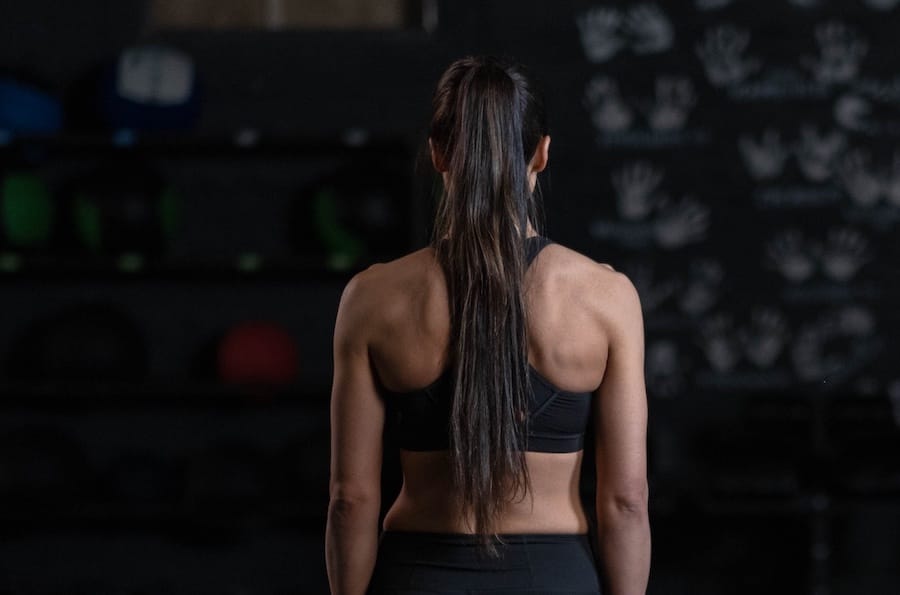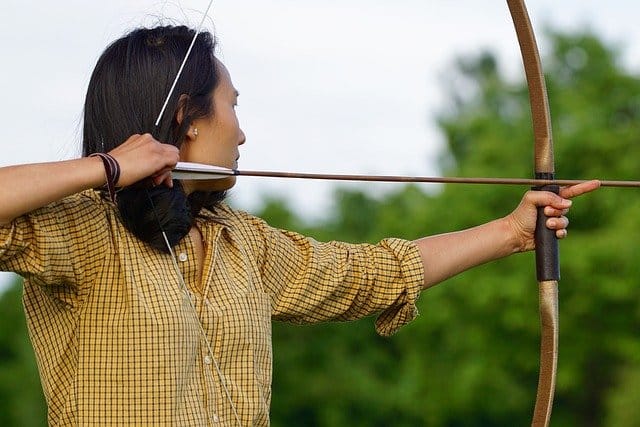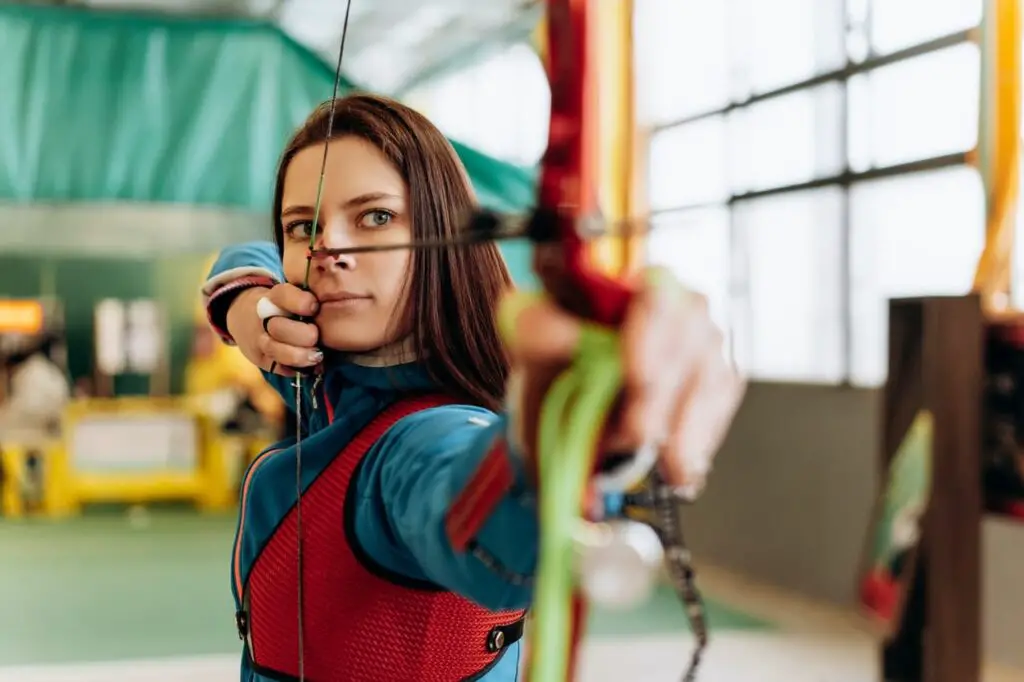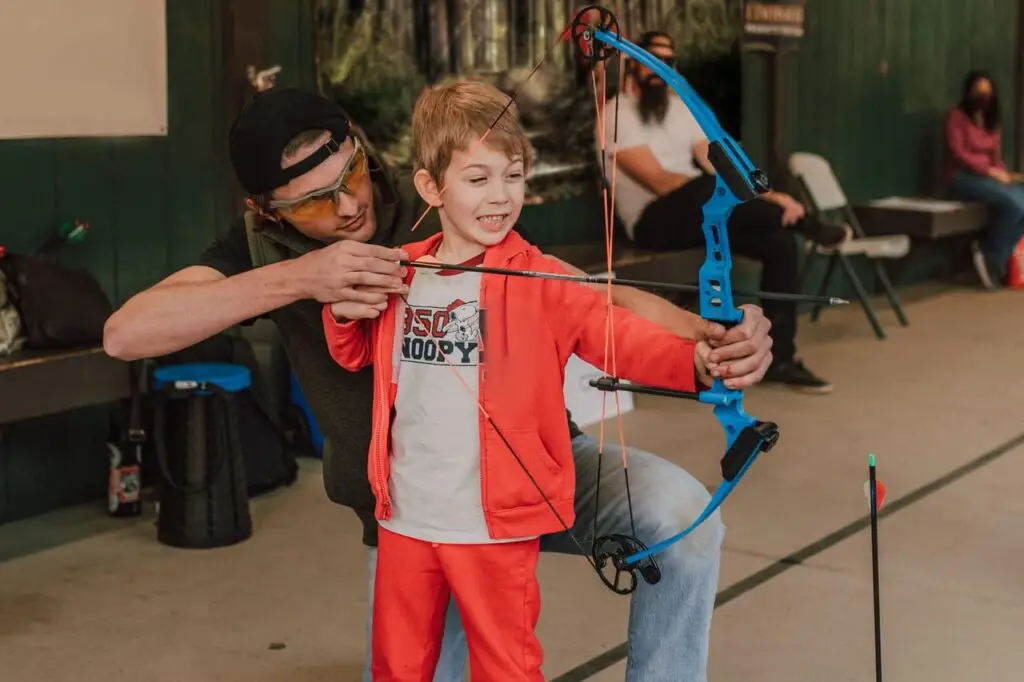There’s little doubt that archery is a physically demanding sport that can have numerous benefits, such as improving the archer’s strength, hand-eye coordination, and posture, and can even alleviate chronic pains like arthritis. Despite these benefits, many archers and people considering getting into archery have concerns that the sport causes muscle imbalance, which is a reasonable concern to have.
Muscle imbalance is a common result of archery, especially when done frequently over several years. This typically occurs in the archer’s upper body, particularly in their shoulder, back, and arm muscles, with uneven development from front-to-back. Significant differences can also be seen between the bow and draw arms.
In this article, we will discuss the effect of muscle imbalance on archers. You’ll learn its primary causes, what parts of the body are most affected, how they are affected, and what you can do to either prevent muscle imbalance while you practice and pursue archery or how you can work towards reducing this imbalance to even out your muscles again.

How Does Archery Cause Muscle Imbalance?
If you look at someone who has been an avid archer for years, you might notice there are certain elements of their physique that seem off. For instance, one arm or shoulder might seem more muscular than the other, and because of this, they might hold their body or stand in a certain way.
Muscular imbalance in archers is a legitimate side effect of the sport, so much so that archaeologists have even recorded instances of muscular imbalance by examining the bones of ancient archers. The question many people ask is, “how does this happen?”
There are three overarching reasons why archery causes muscular imbalances, and they are:
- Frequent, repetitive motion
- Disproportional use of muscles between the bow and draw arms
- Poor bow stability
While archery can certainly strengthen and tone your muscles, it can also do so in a manner that often results in uneven shoulders and asymmetrical muscles when comparing one side of the body to another. This can result in other changes in an archer’s physique and could even lead to health issues, such as the neck, shoulder, and lower back pain. Therefore, it’s important to know what causes these imbalances, so archers can understand why they occur and what they can do to prevent or remedy them.
Repetitive Motion
One of the leading causes of muscle imbalance in any situation is repetitive motions. This is because you are shortening your muscles to generate force and then release them to produce the force which allows you to shoot the arrow.
Doing this repeatedly can cause you to overuse these muscles to the point that they remain in a state of semi-contraction. Over time, this can even change the position of your joints.
Unfortunately for archers, once you get skilled enough at this sport, much of it becomes muscle memory, from notching the arrow to your draw to your release and follow-through.
Not only is the whole process of shooting repetitive, but it is performed frequently, shot after shot, rather than once with extended breaks in between. So, sadly, repetitive motion isn’t something you’re going to be able to fix or reduce as an archer considering it is inherent to the sport. But there are ways to counteract it.
Disproportional Use of Muscles Between the Bow and Draw Arms
As if the frequent repetitive motion of shooting wasn’t bad enough, now you have to consider the fact that shooting an arrow in archery works various muscles in your body differently, especially your bow and draw arms.
When an archer takes their stance to shoot, their bow arm is supposed to hold steady while their draw arm pulls the arrow back into position to shoot. Holding this position probably causes the most significant muscular imbalance since you are engaging completely different muscles in the process.
Your draw arm is relying heavily on the strength of your shoulder muscles, particularly your trapezius and deltoid or rotator cuff muscles.
Comparatively, your bow arm relies more on the strength of your arm muscles, such as your biceps, with support from your shoulder muscles to keep the bow steady until it needs to push forward upon release of the arrow.
This pushing motion alone is one of the reasons why archers have uneven shoulders, whereas the engagement of different muscles is why an archer’s bow arm will have noticeably larger upper arm muscles, and their draw arm will have noticeably larger shoulder muscles. Archers also tend to draw a lot of their strength and power from the muscles in and around their back, resulting in uneven development from front-to-back.
Poor Bow Stability
The last common cause of muscle imbalance in archers we’re going to discuss is actually something archers can easily fix or even prevent.
Muscle imbalance, particularly in beginner or intermediate archers, is typically caused by poor shooting technique, more specifically poor bow stability.
As we said previously, archery is a very physically demanding sport and causes beginners to engage and work muscles they probably haven’t had to use anywhere else in life before. Because their muscles aren’t strong enough yet to hold a proper shooting form, many new archers will compensate for these weaker muscles by relying on other stronger muscles in their bodies.
Read: Does slapping water makes you stronger?
This could cause them to bend, hyperextend their back, dip their arm, or make other form mistakes just so they can bear the weight of the bow and their draw. The end result is imbalanced muscles. Sometimes this issue can more or less resolve itself as the archer becomes stronger and fixes their form, but if they keep this form, it could cause serious issues down the line, both for their body and their archery skills.
The best way to prevent this is to use the proper form from the very start and use beginner-friendly equipment that isn’t going to be too difficult for your body.
How to Prevent Muscular Imbalance in Archers
After reading the causes of the muscle imbalance in archers, you might be thinking it’s an inevitable fate you’re doomed to live since poor technique seemed to be the only preventable or fixable option. Not so! There are ways you can work your muscles to become balanced once again.
While they might not become completely even depending on how long you’ve been an archer and how much your physique has changed. As a result, you can make significant progress with time and dedication.
Apart from shooting with proper form and technique, the best way to prevent or remedy muscle imbalance is to regularly work and strengthen the muscles that are disproportionately engaged during archery. For example, perform lifting exercises to strengthen your bow arm’s shoulder and back muscles, so the same muscles on your draw arm aren’t significantly larger or stronger.
This can be a considerable challenge for archers, especially when done alone, so we recommend consulting with a professional coach for assistance.
However, if you don’t have this resource available, the best place to start is with your weaker muscles. Try to pinpoint which muscles are engaged when you are shooting and then match those on the weaker side of your body using unilateral exercises. If you stay consistent, your muscles should even out over time.
Final Thoughts
While muscle imbalance is common in archers, this isn’t an overtly concerning health issue. Typically, the worst side effect is muscle pains if the muscles you use during archery are significantly uneven to the point that it affects how you walk, sit, stand, etc. Thankfully, most archers don’t experience these issues, and if they do, you can more or less resolve it by incorporating a regular workout of unilateral exercises in addition to your archery practice sessions, hunting trips, and competitions.
Read more about if archery requires a lot of strength or not.
Sources:
How an Archer’s Body Changes After a Lifetime of Firing Bows
5 Ways To Correct Muscle Imbalance


